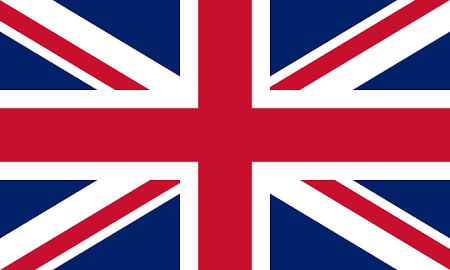Situation
In 2014 a major Insurance provider engaged with Hopewiser as their preferred address software provider on one of the largest IT infrastructure projects in the UK. This project involved moving its entire IT infrastructure over to a hosted cloud platform including their address validation.
On completion of the cloud platform, Hopewiser was invited to enter a tender to cleanse the entire book for Motor and Home insurance. The final address record figures are yet to be confirmed but they are likely to run in to the 10’s of millions.
Hopewiser beat the competition to win the tender and become the preferred data cleansing partner. Hopewiser’s solution was more cost effective and utilising a Bureau service gives access to Hopewiser’s knowledgeable staff, data cleansing tools, data enrichment and suppressions without the expense of new software and staff training.
The Client advised that Hopewiser needed to achieve a 99.5% match rate, in order to achieve their internal data quality goals. Plus the client required both Unique Delivery Point Reference Numbers (UDPRN) and Unique Property Reference Numbers (UPRN) to be appended to their address file.
By enriching their address data, the client is able to offer the most up to date comparative insurance rates alongside improving the customer experience.
Solution
In December 2020, address information from the Client’s 3 million plus insurance policies was run through Hopewiser’s automated bulk data cleansing service.
The bulk data cleansing process reads a database of existing addresses and cross-matches them against the Royal Mail’s Postcode Address File (PAF) ensuring optimum accuracy. Using Ordnance Survey data in addition to PAF, enabled Hopewiser to append UPRN.
Matching addresses using rules-based logic is the most accurate approach and one that is trusted by Banks, Buildings Societies, Insurance Companies and the Police. This type of approach means every element of an address, from misspellings to colloquialisms, is considered and understood. If a match is not possible, a rules-based approach can break down each element and intelligently assess it ready for deduplication and suppression.
Hopewiser’s Bureau service manually reviewed the address records that weren’t (PAF) matched during the automated process. In these instances, customer data is verified in-house by a team of experts. Starting with approximately 27,000 non-matches after the bulk data cleansing process, this was reduced to around 11,000 after the manual checking.
A group of eight manual coders worked on the file. Good matches were relatively easy to find as most of the data already contained postcodes, and this helped to correct any premise and road misspellings as well as adding town and district information.
Where incorrect or missing postcodes were discovered, Hopewiser corrected and appended these to ensure premium data quality.
Once the coders had finished the project, Hopewiser undertook a review of the residue data that could not be matched during the manual run and found this mainly consisted of address information that isn’t included in the PAF, such as caravans, boats, and barracks. This was returned to the Client with a status indicating that a match couldn’t be found. The Client knew these records existed and didn’t want Hopewiser to assume a match. The client subsequently decided to contact individual customers at non Royal Mail postcoded address file (PAF) addresses to confirm their details.
Result
“Hopewiser’s Bureau team have exceeded our expectations throughout the data migration project. They achieved a match-rate above our set sign off level, and have supplied us with meaningful information throughout the data cleansing process. This has enabled us to proactively report back to the internal higher management team.”
, updated 15th February 2023.
Topic: Data Cleansing






